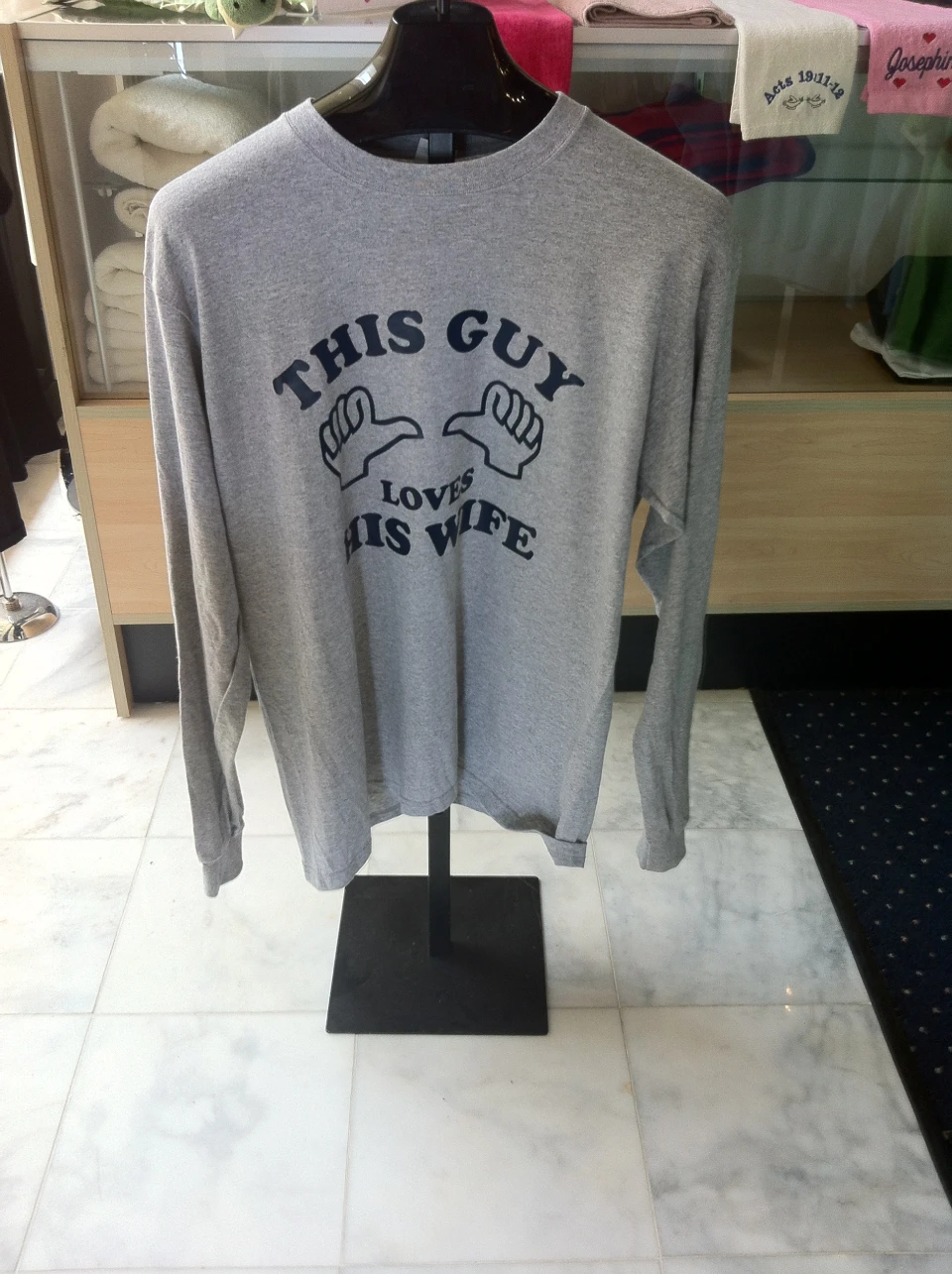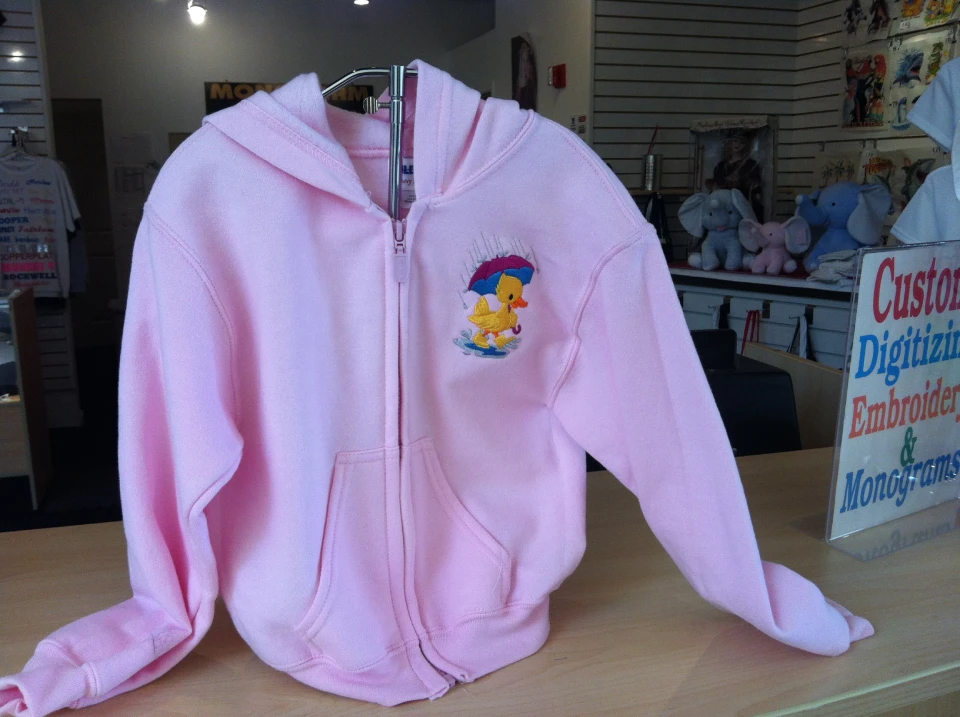Stylish Monogramming on Towels for a Touch of Luxury
Stylish Monogramming on Towels for a Touch of Luxury
Blog Article
The Art of Custom Needlework: Opening the Keys to Creating One-of-a-kind and Unforgettable Layouts
The keys to developing custom-made needlework layouts that captivate the eye and leave a lasting impression lie in a delicate equilibrium of strategy, creative thinking, and focus to detail. As we delve right into the globe of customized embroidery, we reveal the nuanced interplay between string option, stitch complexity, and design customization that boosts a simple garment to a job of art.
Selecting the Right Embroidery Threads
When selecting needlework strings, what crucial aspects should you take into consideration to make sure the very best outcomes for your personalized layouts? The option of embroidery thread is important in identifying the final result of your stitched layout. One of the primary factors to consider is the product of the string. Various materials such as cotton, polyester, rayon, and silk supply differing degrees of luster, toughness, and texture. It is necessary to select a string material that complements the material you are stitching on and aligns with the preferred appearance of the design.
Thicker strings can add dimension and appearance to your design, while finer strings are ideal for elaborate details and tiny message. Furthermore, considering the shade fastness and washability of the thread is vital to ensure that your custom-made designs preserve their top quality and vibrancy over time.
Discovering Various Stitch Methods
To dive into the realm of 'Exploring Different Stitch Methods', one need to realize the intricacies and nuances that each sewing method brings to the art of embroidery. Various stitch methods not only include visual rate of interest yet also contribute to the general structure and dimension of the design. One preferred stitch method is the satin stitch, which entails closely packed parallel stitches to create a smooth and shiny surface area, perfect for filling in shapes and creating vibrant details.
On the various other hand, the backstitch is a versatile technique commonly utilized for describing and including fine information. It involves stitching in reverse to develop a solid line of embroidery. Furthermore, the French knot stitch includes a responsive aspect to layouts, perfect for creating textured accents like blossom facilities or ornamental touches.
Checking out various stitch techniques allows embroiderers to play with light, darkness, and depth within their designs, raising the visual charm and imaginative high quality of their needlework tasks. By grasping different sewing methods, one can unlock unlimited possibilities for creating one-of-a-kind and unforgettable customized embroidery pieces.
Incorporating Personalized Style Aspects
Having explored the complexities of different stitch methods such as the satin stitch, backstitch, and French knot, the focus now changes in the direction of incorporating personalized design components in personalized needlework jobs. Individualized style elements play an important duty in making needlework tasks absolutely one-of-a-kind and unforgettable. One means to incorporate customization is by including initials, names, or substantial dates to the style. This not just hockerty suits includes an individualized touch yet additionally boosts the sentimental worth of the needlework piece.
One more means to integrate tailored design elements is by consisting of signs or concepts that hold special significance to the recipient or mirror their rate of interests and individuality. For instance, including a favorite flower, pet, or hobby-related sign can make the needlework design much more significant and personalized. Additionally, picking colors that reverberate with the recipient or straighten with the desired theme can better improve the customization of the needlework task.
Mastering the Art of Color Sychronisation

One trick element of shade sychronisation is comprehending color theory. This includes understanding exactly how various shades interact with each various other, the feelings they share, and how they can be incorporated to develop visually appealing designs. By using color concept principles, embroiderers can produce harmonious shade schemes that improve the total my latest blog post look of the design.
Additionally, taking notice of comparison is essential in shade sychronisation. Using contrasting colors can help particular components of the design pop, boost clarity, and create a visually vibrant needlework piece. By grasping the art of color coordination, embroiderers can raise their layouts and produce unforgettable items that reverberate with clients and customers alike.
Enhancing Structure With Advanced Needlework Stitches

Bullion knots, on the other hand, can be made use of to develop twisted, ropelike aspects that include a glamorous feel to the embroidery. Trying out with these sophisticated embroidery stitches enables you to push the borders of typical embroidery and produce absolutely unique and visually attractive textures in your styles.
Conclusion
Finally, the art of custom-made embroidery entails a mix of choosing the best strings, checking out various stitch methods, including personalized design aspects, grasping color control, and boosting structure with sophisticated stitches. By understanding and carrying out these crucial elements, embroiderers can develop unique and memorable designs that display their creativity and skill. Embroidery fanatics can open the secrets to developing gorgeous and bespoke items that stand out and leave an enduring impression.
Report this page